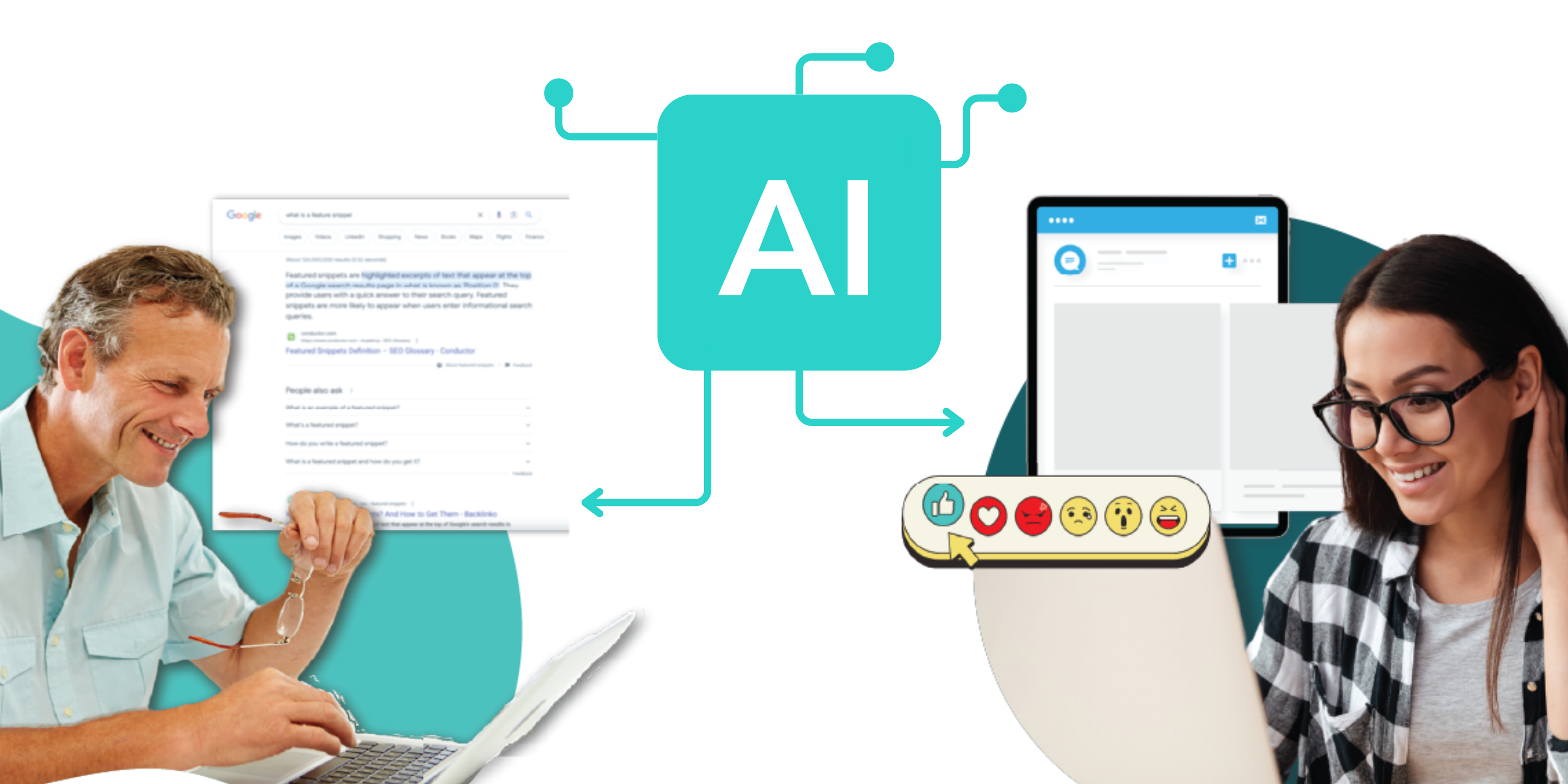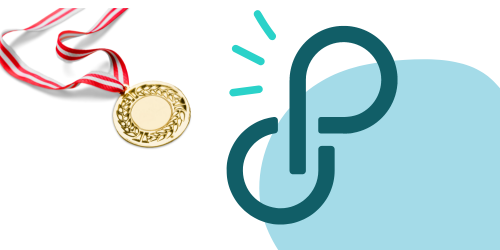5 Ways to Nurture Leads Until Conversion
Leads are like fingerprints, no two are the same. Some leads come in hot, ready to buy, while others (most!) come in needing guidance in one form or another. Some leads may need only a little guidance before conversion while others may need a few days, weeks, or months of nurturing to convert. Whatever stage your lead may be at, there are a few tricks of the trade worth employing to ensure the lead does not get wooed away by a competitor. Below we outline a few top tips for nurturing leads until they convert, even the icy cold leads you think you'll never get to sign on the dotted line.
5 Ways to Nurture Leads Until Conversion
Ask Discovery Questions
The product or service that they initially researched may not be the best solution, giving the perception that they don’t want to buy. A series of questions to fully investigate their intentions will give you insight into their actual problems. As their local expert, when you fully understand their needs, you can guide them to the best solution, and ultimately turn an under-qualified lead into a sale.
Share Educational Content
For customers who are not ready to buy, offer to share educational content on their product options. Consider sharing links to YouTube videos that show the products or service in use, easy maintenance steps, or use brochures that compare your product to the competition, or demonstrate how the product will provide extra benefits. Educational content will provide insights for potential customers to help them make a purchase decision. People value content that is useful and ultimately helps them make the right purchase choice, even if that decision takes longer than anticipated.
Follow-up Regularly
For prospective customers who aren’t ready to make a purchase, follow up with them regularly to check-in on their changing needs. By keeping the customer on your check-in list, they will feel valuable to you as a customer, and view you as their local expert when they’re ready to buy.
Ongoing communication often includes email newsletters with product updates. If you have completed your discovery questions and understand the customer’s needs, your emails can be customized to include details best suited for their needs. You can also share promotional offers that become available for the product, including financing options or extended warranty offers. Demonstrating patience with the customer by keeping them informed with current information will help you stay in front of mind when they are ready to buy.
Encourage Engagement Through Email
Exceptional emails are personalized, informative, and engaging: the trick is achieving all three without being too wordy, unprofessional, or sounding like a regurgitated template. The following tips will help you craft the perfect email headed by a standout subject line.
- Think before you type
Consider the conversation before crafting the email. Envision yourself talking to the recipient. What is the goal of the email? What is it you want to say or convey? What is the ideal response or reaction you are hoping to get from the recipient?
2. Steal the subject line show
A great email subject creates interest in as few words as possible. Great subjects imply a sense of urgency, create curiosity, pose a question or offer a solution. You could also personalize the subject using the company or recipient's name to let them know the email has been crafted with thought and consideration of their specific needs.
- Introductions are important
Greet your recipient with respect using the proper salutation. Dear/Hi Mrs., Mr., Ms., If you are unsure, use the recipient’s first and last name. Then, introduce yourself. If this is the first point of contact, make sure to introduce yourself, title, company and the purpose of the email immediately.
- Implement instant interest
Once the introductions are complete, dive into the issues your product or service solves. For example, address an issue the recipient may be facing and how your product or service is the solution to eradicating the problem.
- Cut to the chase
Keep it smart, short, and simple - Elaborate on the solutions promised in your opening in as few words as possible. Or, offer a story about how your product or service has helped other customers.
- Be charismatic, considerate, and courteous
Avoid negativity at all costs. Do not bad-mouth past clients or the competition. Instead, focus on the positive aspects you, your company, and your product or service brings to the table.
- Trash the text-talk and talk-texting
Using poor grammar is the fastest way to land your email in a spam folder. Avoid using pop-culture text speak; ur, nvm, rn, omg, lol… Also, do not trust Siri to talk for you. Never talk text emails. Or at the very least, if you do talk text, proofread the email very well before hitting send.
- Interpretation is imperative
Are you trying to be funny or witty but inevitably coming off rude or arrogant? While it’s best to stick to the topic at hand and minimize jokes and informal statements, if you choose to be loose with your language, make sure you consider all possible ways your words could be interpreted.
- Avoid attachments unless asked
Attachments are the fastest way to get blocked by firewalls, end up in auto-spam, or have your email ignored out of fear of a virus lurking in the attachment. So unless you are asked for an attachment, avoid it.
- Proofread and polish
Before hitting send, make sure the font is the same style, size, and color. This is surprisingly easy to do, takes a few seconds, and can make a huge difference in achieving a professional, polished look.
EXPERT TIP: Highlight the entire email, then use your email’s font editing feature to ensure you've use the desired color, font, and font size.
- Spruce up your signature
A professional email signature is the equivalent of ending on a good note in person. Ensure the last thing your recipient sees is your fully polished signature displaying your name, title, company, and contact details.
- Fight follow-up fever
It may be good practice to reply to an email in less than 24 hours, but following up on an email you sent in less than 24 hours is not. Give the recipient time to get back to you. Set a 72-hour reminder on your calendar and move on to the next lead.
Retain the Relationship
Depending on the average length of your typical sales cycle, you may be already trading holiday cards with your prospect. If so, well done! You already know it’s essential to go the extra mile to retain a good relationship with your prospect to make them feel like they are more than a name on your list.
Conduct periodic check-ins. Set a calendar reminder to touch base with your prospects at least annually.
- Add customers to your company’s email newsletter to keep your product or service top of mind for possible recommendations to peers.
- Personalize the contact. Send an annual holiday card to top customers to remind them you are there and wish them well during the holidays and the new year.
By working to understand the customer and their needs, educating them on their options to make the best decision, and following up with them on a regular basis, you have an opportunity to increase the percentage of leads that convert into sales. By working with them over time, you can turn an under-qualified lead into a sale, and even a long-lasting customer relationship.
To learn more tips and tricks for nurturing leads, listen to our Martech Talk Podcast featuring Grasshopper's Marketing Communications Specialist, Michael Simmon, talk about the importance of nurturing leads through continued touch points and automation until the sale is closed. You will NOT want to miss these tips and tricks that accelerate conversions and help build lasting relationships with your customers HERE.


